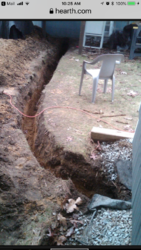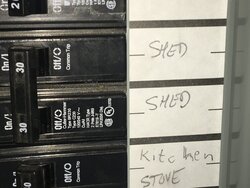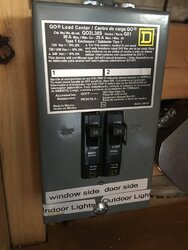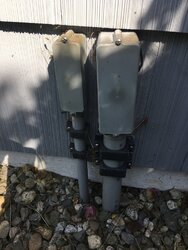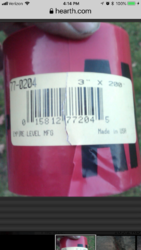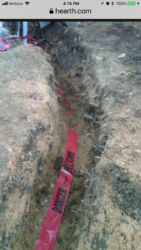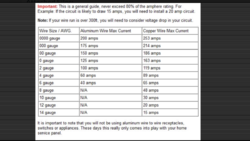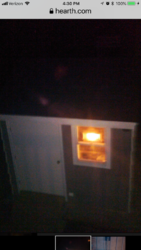I'm trying to run 30-amp/240v electrical service to my shed, maybe 60ft. I bought a 100ft roll of 10-3 UF-B awhile back. But today I tried to dig the trench and it was all I could do to get 18" deep (instead of 24" required). So I've gotta do PVC conduit. I'm wondering if I should return the UF-B and buy THHW; it'll be about a wash in cost but a bit of a hassle. I'm worried about trying to pull the UF-B, especially since there's a 90-degree bend midway (maybe I can smooth it out to two 45s). Speaking of pulling, what size conduit should I run ? Also, reading the NEC, it looks like I can go to 35 amp service if I use THHW (instead of 30 amps for the UF-B)
Last edited:



